- Learning time
- 120 minutes
- First play time
- 120 per player minutes
Twilight Imperium
Designed by: Christian T Petersen,Corey Konieczka
If you’re new to modern boardgames or looking for a casual family game, then it might be worth taking a step back. Twilight Imperium is an absolute behemoth that will take a good while to get your head around, and several hours to play. Even a brief rules overview would get rather text-heavy but we’ll try and give you a flavour of the experience.
Each player represents a faction – exploring, fighting, and trading their way across a galaxy in order to best please their overlords. A round consists of players taking actions in turn until everyone has passed, and these actions can be many different things. At the start of each round players select strategy cards and these can be activated, giving the user a primary action (powerful) and all other players a secondary action – if they afford it, as secondary actions have a cost. Often actions involve the use of command tokens that allow you to build spaceships and move them around the board, potentially resulting in battle (or trade!). Or you can play an action card – there are a huge variety of them that perform wildly different things, frequently to assist in combat. The game starts peacefully but as players run out of room to expand, will descend into war!
There are many extra wrinkles we can’t cover here (promissory notes, improved technologies, combat, trade deals, the nuance of how the cards work) but it’s certainly worth mentioning briefly that when one player takes control of the central hex on the board, an extra element of the game is triggered – laws, elections or directives are revealed at the end of each round for players to vote on, bringing an extra level of politicking to proceedings: the result of each vote has knock-on effects for one, some, or all players.
At the end of every round everyone has the opportunity to realise objectives – some of these are public, but you also begin with a secret objective, and gather more during play. Achieving objectives scores you points, and points are the most precious commodity of all, because despite the epic grandeur here the game is actually a race – first player to ten points wins!
We have played the fourth edition of Twilight Imperium. Earlier versions have the same over-arching theme but different implementations of the rules.
The guru's verdict
-
Take That!
Take That!
Plenty, and not just space battles but other players taking a strategy card you desperately want, voting in a law you didn't, and playing an action card that swings the odds of a battle in their favour.
-
Fidget Factor!
Fidget Factor!
Never a game you could describe as 'breezy', Twilight Imperium's pauses are just as likely rule clarifications as tactical agonising. You're not waiting around an age for your turn because you're involved on other player's turns via secondary strategy actions, combat or trade. But if you have a concern over fidget factor this is probably not the game to be playing anyway.
-
Brain Burn!
Brain Burn!
There's much to think about here: Twilight Imperium is a game that seems to have a lot of possibilities as to how you play, with the different factions suggesting different strategies and the round-by-round laws and directives overlaying the space negotiations and combat with a degree of tactics and diplomacy.
-
Again Again!
Again Again!
Huge variety here, if you are of a mind to explore it.

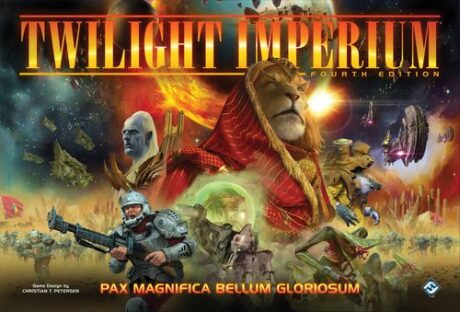
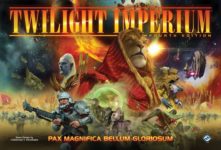

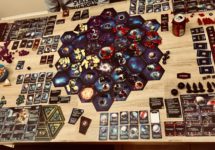




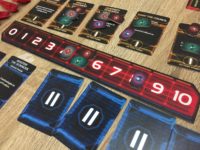


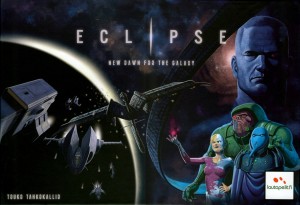
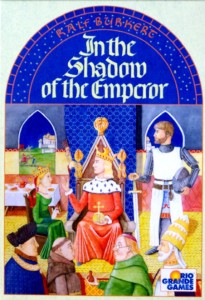

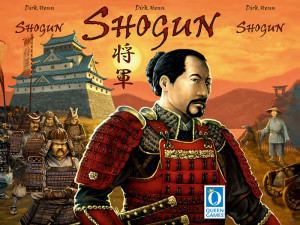
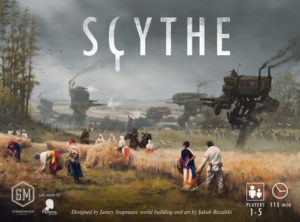
Sam says
Wow. My first play of Twilight Imperium took eight hours. Knowing we were entering an odyssey, we sat down at 3pm to play and finished at 11. At first we were bamboozled, perplexed and hesitant. It didn't feel like there was a nub of the game to grab onto - the strategy cards are obviously key, but there are so many other elements clustered around them that we almost felt we'd entered a different reality... which I guess is what the game is trying to do; entice you into a complex, strategic, tactical and occasionally fated space opera, where you come out the other end the way you leave a darkened cinema to find it's still daylight outside, blinking at the world. As such it succeeded, and despite the odyssean length, was engaging throughout - as a subsequent play also proved to be. Whether that experience is worth the time investment though - not to mention a rather epic learning curve (managing tactical and strategy moves, special abilities, a smorgasboard of ship categories and no less than six card types) - is really down to you.